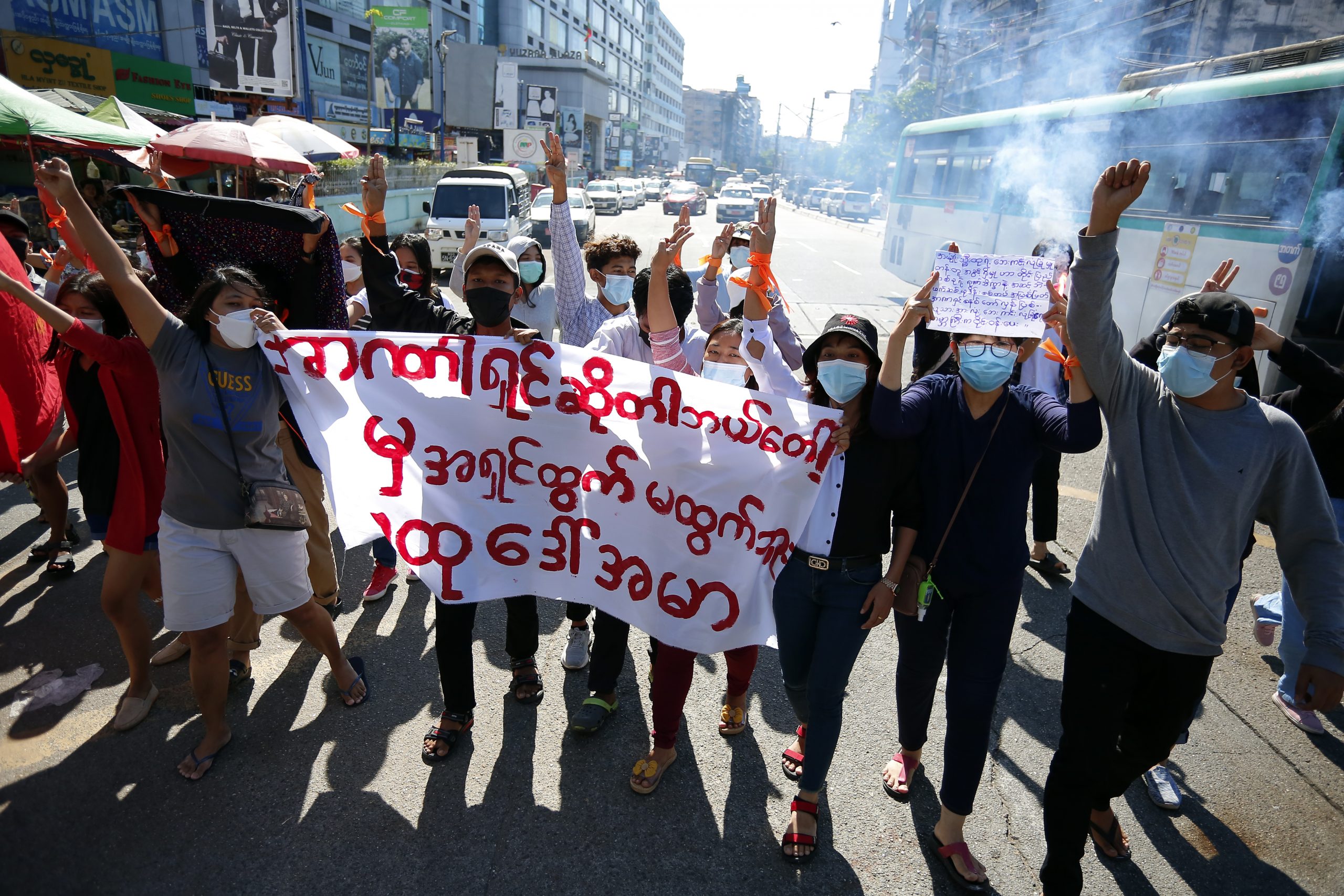
Samuel Case, FISM News
[elfsight_social_share_buttons id=”1″]
A new report by Human Rights Watch says that the Myanmar military deliberately killed dozens of protesters at a March 14 demonstration. The organization is now calling for the prosecution of those responsible.
“Soldiers and police armed with military assault rifles fired on trapped protesters and on those trying to assist the wounded, killing at least 65 protesters and bystanders,” The report said, describing the military as having deliberately “kettled” the protestors.
According to Human Rights Watch the March 14th massacre in Yangon’s Hlaing Tharyar township stands out among other instances of brutality against protestors for the large number of victims and the “apparent premeditated use of lethal force.”
Manny Maung, a Myanmar researcher at Human Rights Watch, said the use of force “was not a case of riot control gone astray,” but instead had “the hallmarks of a planned attack on protesters for which those responsible, regardless of rank, should be held to account.”
A day after the mass killing Myanmar’s junta released a statement justifying the security forces actions, saying, “Rioters created havoc on roads, and over 2,000 rioters also blocked the roads to prevent fire engines from leaving their stations and fighting the fire.” The report notes that, according to witnesses, some protesters had Molotov cocktails, but said no security forces were killed.
The junta proceeded to place Hlaing Tharyar and nearby Shwe Pyi Thar township under martial law following the protest and subsequent massacre.
It’s been reported that Myanmar’s military has killed over 1,200 since taking control of the country in February. An estimated 131 of those killed were tortured to death. The military has also detained approximately 9,000 people.
This report comes a day after A United Nations committee deferred a decision to allow Taliban and Junta officials to represent their respective countries. The committee chair declined to say whether it will keep in place the current representatives of Afghanistan and Myanmar, which were put in place by their countries’ previous governments.
